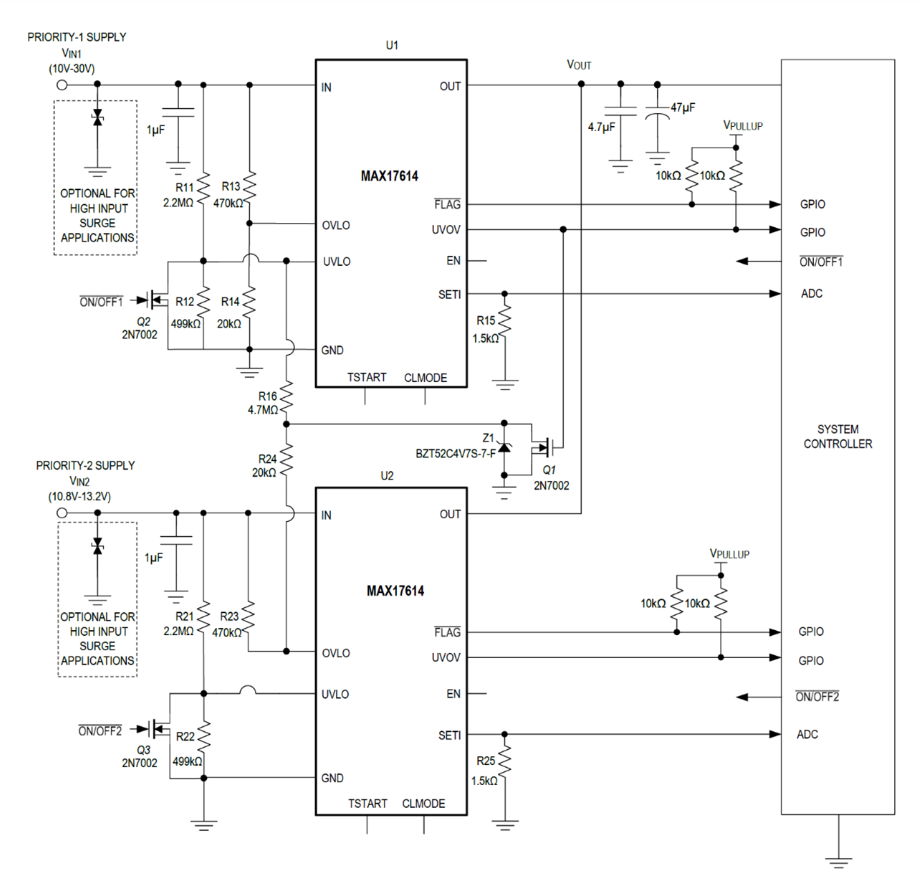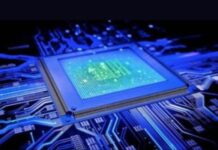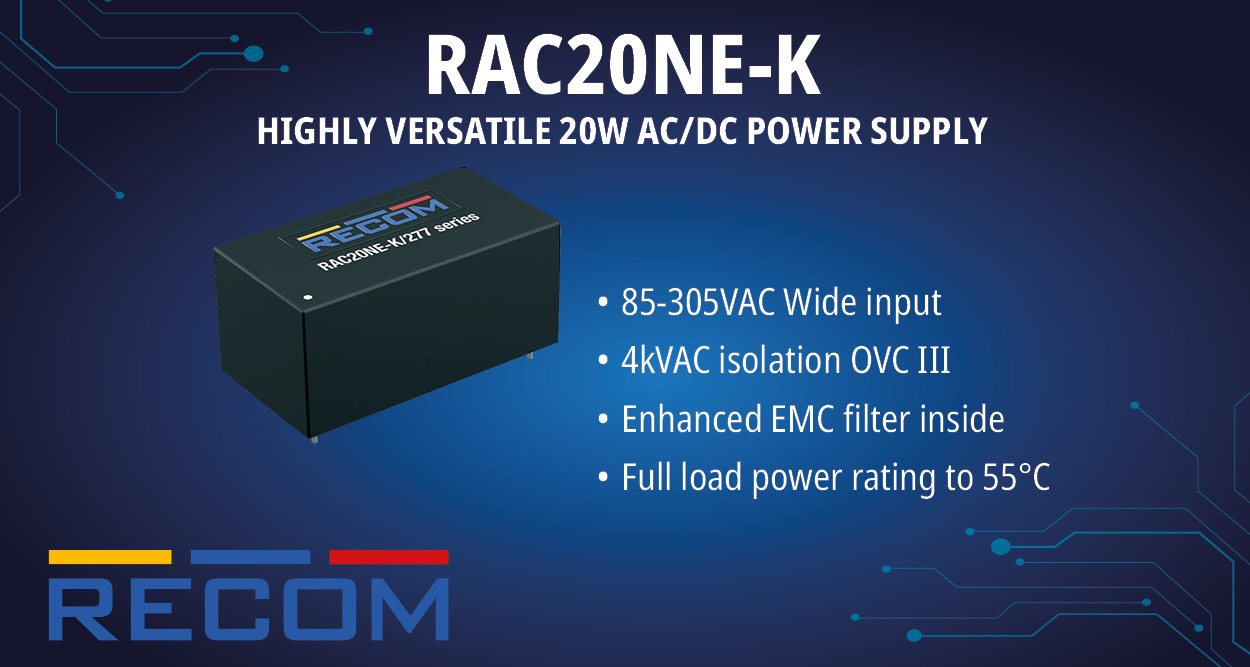The term “singularity” conjures up a myriad of thoughts. Historically, it referred to phenomena associated with black holes and space-time—complexities that challenge human understanding. Nowadays, however, the term has taken on a new dimension. Increasingly, it represents a pivotal moment where artificial intelligence (AI) may exceed human general intelligence. This is a prospect that strikes fear in some, while others, particularly in the tech sphere, view it as a thrilling frontier.
From Celestial Mysteries to AI Revolution
The singularity, in the context of the cosmos, embodies the mystery of black holes, the beginning of the universe, and the warping of space-time. Yet, as we steer our focus from the vast expanse of the universe to the world of computing, we find the term echoing another revolutionary idea. It paints a picture of a future where AI doesn’t just complement human thinking, but might surpass it. Imagine the computational power capable of untangling humanity’s most intricate dilemmas. What if we had the tools to analyze global warming data intricately and delineate the most effective solutions? Such advancements hold promise not just for our planet, but also for medicine, where discerning malignant from benign tumors or determining optimal treatments could be accomplished seamlessly.
Bridging the Gap with Supercomputers
However, before we dive deep into the quantum world and grapple with “spooky” phenomena like entanglement, it’s crucial to harness the power of our existing resources. This realm of ones and zeros—the foundation of classical computers—remains pivotal. Modern supercomputers, equipped with the latest graphics processing unit (GPU) and field-programmable gate array (FPGA) capabilities from industry trailblazers, serve as our bridge to quantum computing. They’re not just a testament to human ingenuity, but also a stepping stone towards the next evolutionary phase of computing.
While the core of traditional central processing units (CPUs) remains fundamental to supercomputing architectures, integrating GPUs and FPGAs helps meet the increasing demand for computational power, offering more efficient ways to process certain types of tasks. As computational demands grow and evolve, we can expect supercomputing architectures to continue integrating a diverse range of processing units to best address these needs.
Featured Product
With these revolutionary computing advancements on the horizon, this week’s New Tech Tuesday showcases the Analog Devices MAX17614 Ideal Diode/Power Source Selector. While it’s not a core functional component of a supercomputer’s processing capabilities, the MAX17614 can play a vital role in ensuring reliable and efficient ideal diode operation, with a safe and seamless power source switchover, while at the same time providing robust and fast reverse current-blocking protection to supercomputing or high-performance computing (HPC) hardware designs.
The MAX17614 from Analog Devices serves as an ideal diode/power source selector, optimized for circuit design scenarios demanding power efficiency. Its ideal diode function enhances efficiency by minimizing voltage drop and power loss. This component excels in circuit designs with multiple power sources by enabling seamless switching between them without operational disruption, making it ideal for backup power or devices that switch power source types (Figure 1). Moreover, the MAX17614 ideal diode functionality inherently blocks current from flowing back into a source, safeguarding sensitive components from potential damage. Along with the ideal diode functionality, the MAX17614 also provides robust forward current limiting, undervoltage, and overvoltage protection.

ADI MAX17614’s Function, Feature, and Integration
Ideal Diode Function
Traditional diodes allow current to flow in one direction—from anode to cathode—but block it in the opposite direction. However, there’s a voltage drop across the diode when it conducts, which can be inefficient in power-sensitive applications. An ideal diode aims to minimize this voltage drop by combining a traditional diode and an active circuit—like a MOSFET controlled by dedicated circuitry. The result is that you get the one-way current flow benefits of a diode with a significantly reduced voltage drop.
Power Source Selector Feature
In applications with multiple power sources—for example, a system powered by both a battery and a USB power source—there’s a need to switch seamlessly between these sources without disruption. A power source selector can automatically choose the best available power source based on predefined criteria, such as voltage level. It ensures that if one power source fails or becomes unavailable, the device can continue to operate using the other source.
Potential Integration in HPC Hardware Designs
- Power Redundancy and Backup: Supercomputers are critical systems, and any downtime can be costly. If a GPU or FPGA board is designed to have multiple power sources for redundancy, the MAX17614 can be used to switch between them. If a primary power source fails, the MAX17614 can automatically switch to the backup source, ensuring uninterrupted operation.
- Hot-Swap Capability: In some HPC scenarios, it may be necessary to replace or add GPU/FPGA cards without shutting down the entire system, a process known as hot swapping. The MAX17614 can help manage the power transition during such operations, ensuring that there’s no back-feed of power and the new card is safely powered up.
- Protection Against Reverse Current: The ideal diode functionality of the MAX17614 can prevent reverse current, which is essential in multi-card setups. If one card starts to fail and tries to sink current, the MAX17614 can prevent that current from entering the rest of the system, protecting other components.
- Thermal Management: High-performance GPUs and FPGAs generate a lot of heat. While the MAX17614 doesn’t directly address thermal management, ensuring efficient power delivery and minimizing voltage drops—meaning fewer power losses—can help in the broader context of thermal management.
- Board Power Distribution: In complex boards with multiple power rails, the MAX17614 can be used to manage power distribution, especially if there’s a need to isolate certain parts of the board during specific operations.
Tuesday’s Takeaway
In essence, the singularity serves as a poignant reminder of our quest for knowledge and advancement. From understanding the intricacies of black holes to potentially revolutionizing problem-solving with AI, the journey is as fascinating as the destination. As we stand at the cusp of a new age, supercomputers light our path, guiding humanity closer to the enigmatic realm of quantum computing.
Central to this endeavor are modern supercomputers, equipped with cutting-edge GPUs and FPGAs. These titans of the tech world serve as a testament to our ingenuity and function as bridges to the next computational epoch. Among the devices aiding this advancement is the MAX17614 from Analog Devices. In the realm of high-performance computing, where precision and reliability are paramount, the MAX17614 shines, underscoring the importance of both core processing capabilities and auxiliary components that bolster system integrity.
















